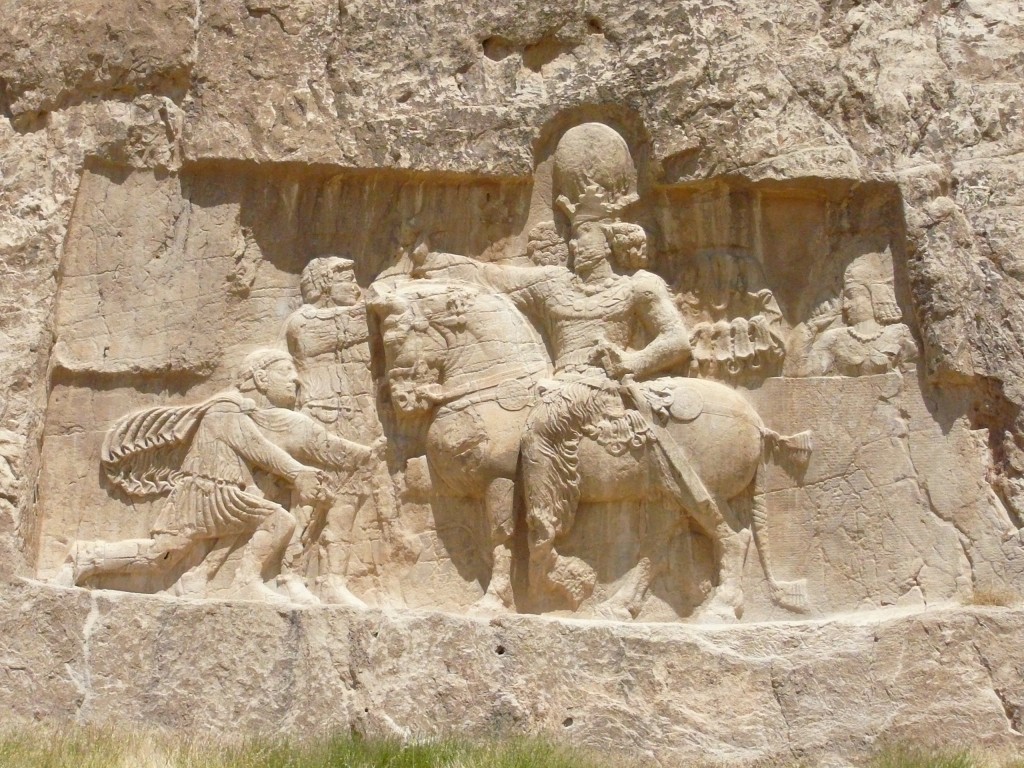Nasqsh-e Rostam
From Shiraz, we drove a short distance to Naqsh-e Rostam (Naqsh-e Rustam), the magnificent rock tombs of four ancient kings—Darius II, Artaxerxes I, Darius I and Xerxes I.
According to UNESCO
Nasqsh-e Rostam is “An ensemble of historic, religious and artistic works from the Achaemenian and Sasanian periods located within a small perimeter near the monuments of Persepolis and those of the pre-Sasanian city of Estakhr”
Considered of the most spectacular and awe-inspiring ancient sites of the Achaemenid Empire, Nasqsh-e Rostam contains the colossal tombs of Persian kings dating back to the first millennium BC.
Hewn out of rock cliffs and depicting royal ceremonies and conquests, these reliefs at Naqsh-e Rostam were among the most astonishing displays of ancient handiwork we saw on our trip. Comparable to Petra in Jordan, yet almost unheard of, we want to spread the word about this extraordinary ancient treasure.
…
Before our next stop, the city of Yazd, we visited an 18th-century ice house.This bee-hive-shaped structure covers an enormous hole in the ground where, for hundreds of years, Iranians stored ice which they’d brought down from the mountains during the winter to use in hot weather.
 Not far from the ice house in Abarku, we stood in awe beside a 4,000 year-old Cyprus tree – The Zoroastrian Sarv or the Cypress of Abarkuh, which is one of the oldest living trees in the world.
Not far from the ice house in Abarku, we stood in awe beside a 4,000 year-old Cyprus tree – The Zoroastrian Sarv or the Cypress of Abarkuh, which is one of the oldest living trees in the world.
The cypress is a symbol which is represented in numerous sculptures in several towns we went to in Iran.




